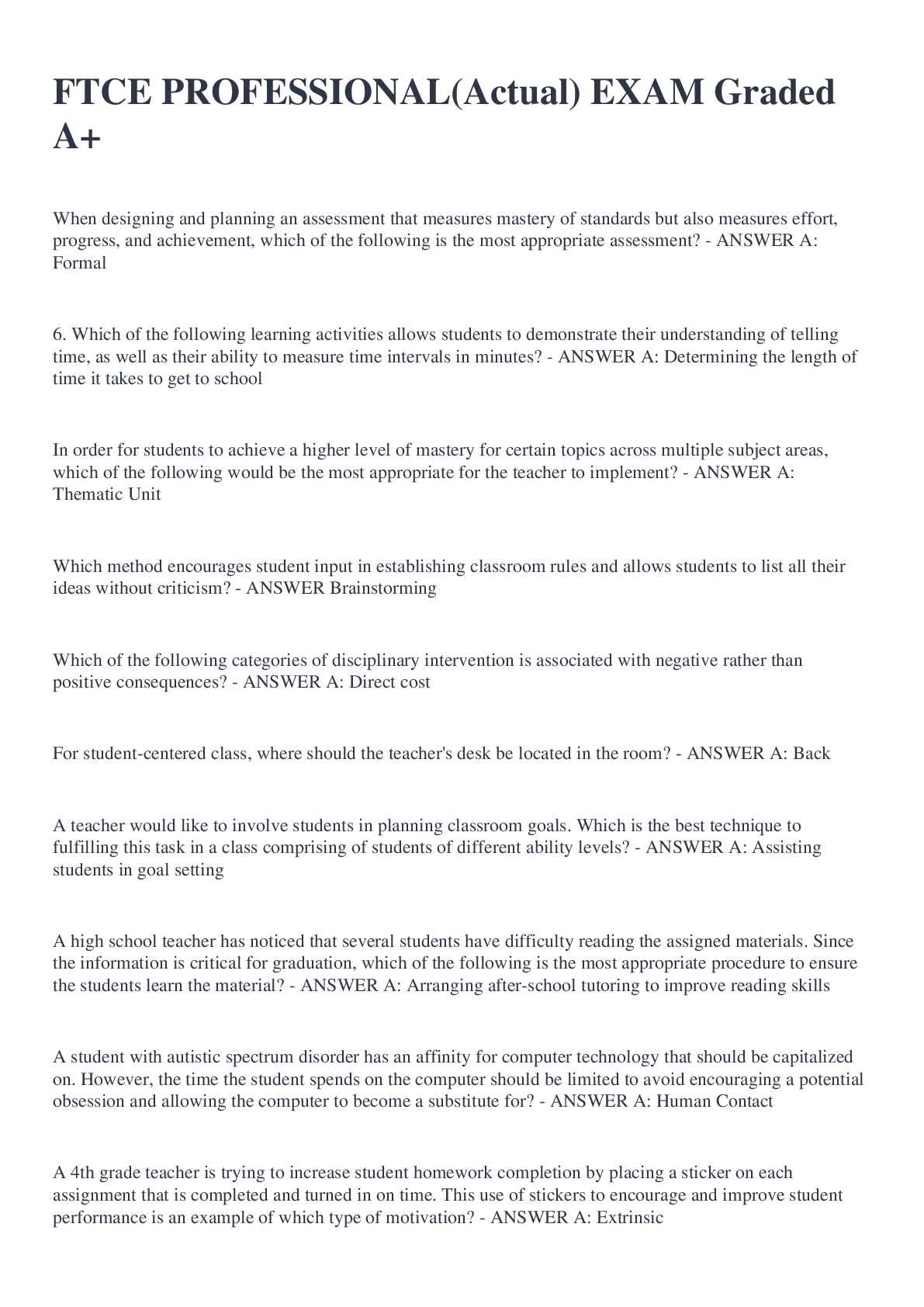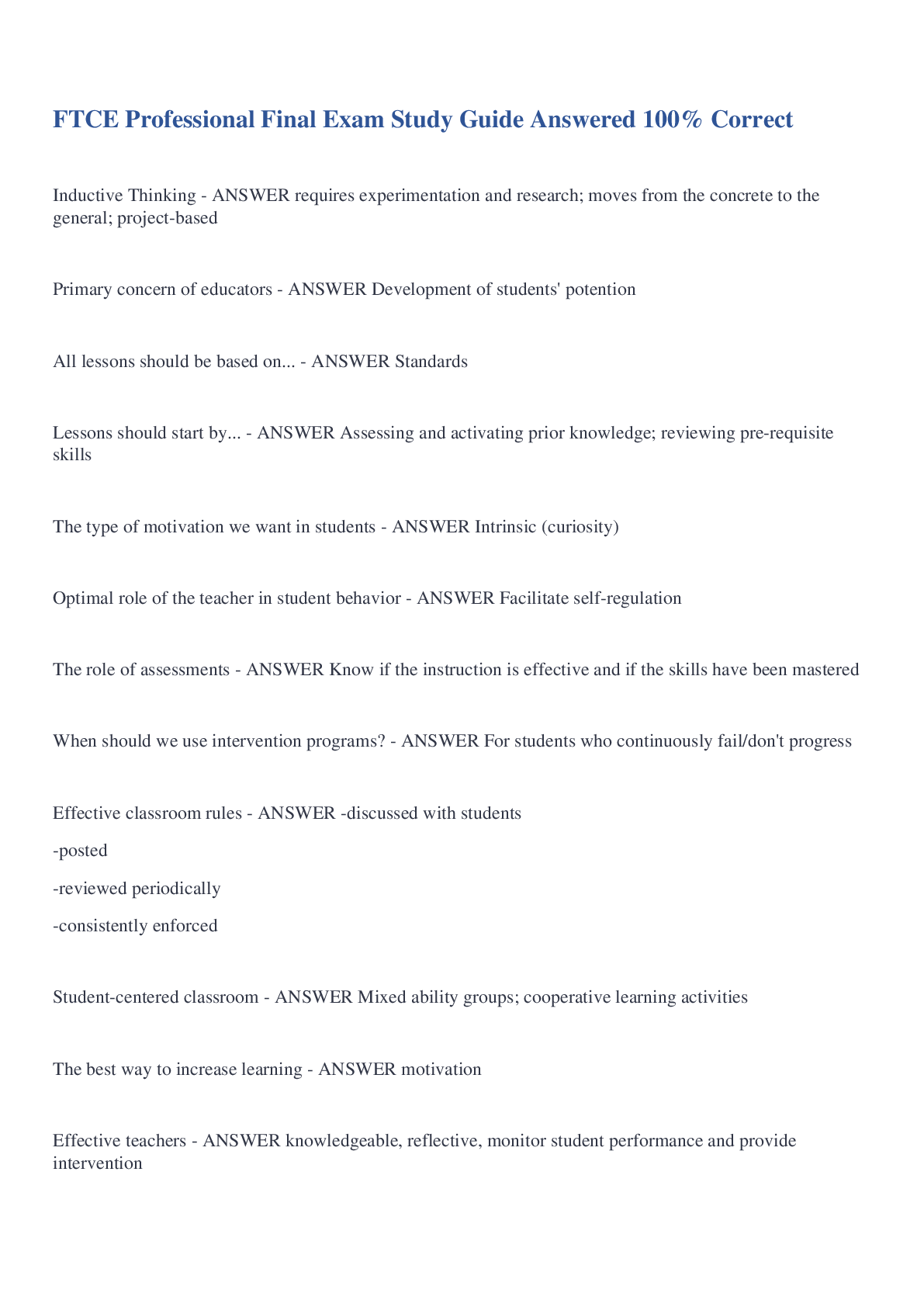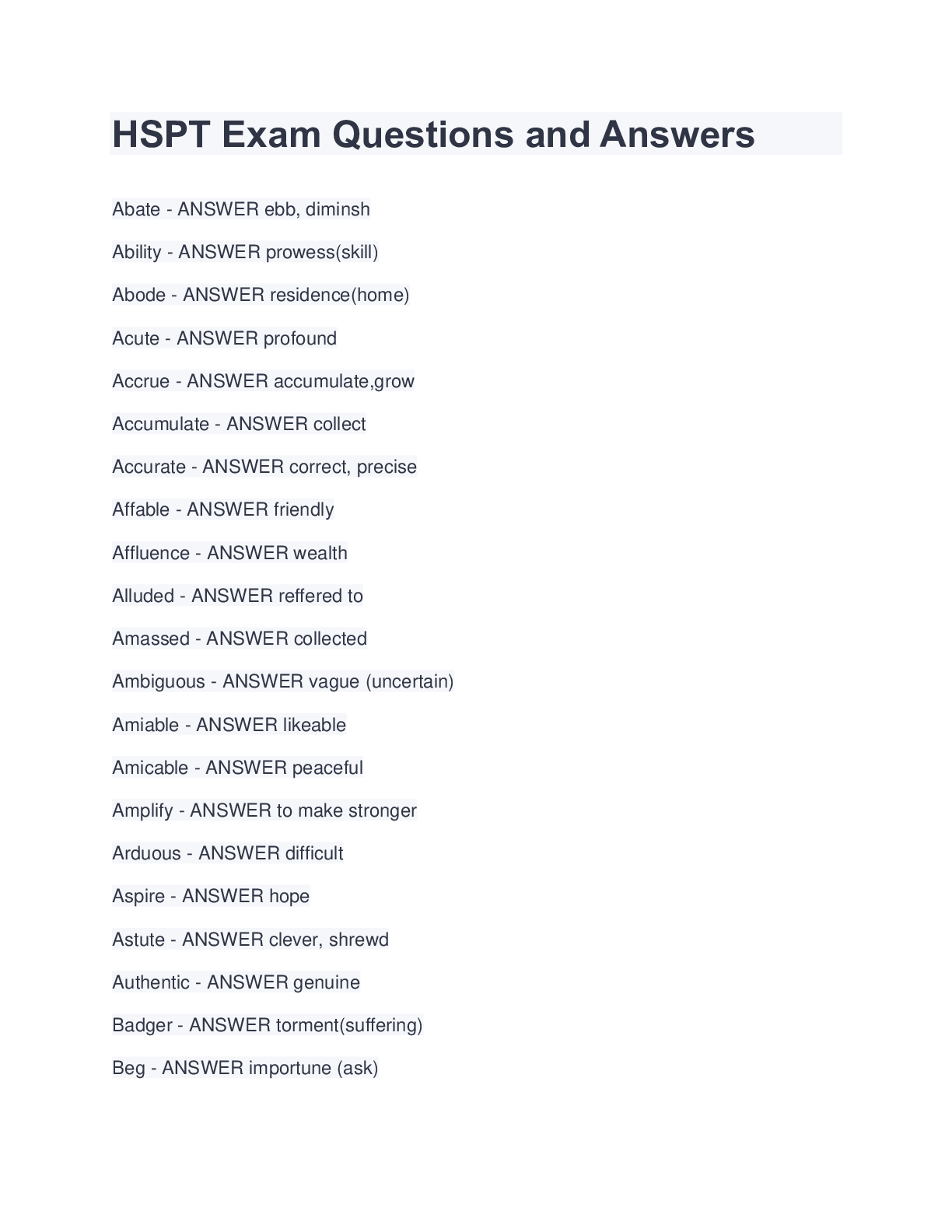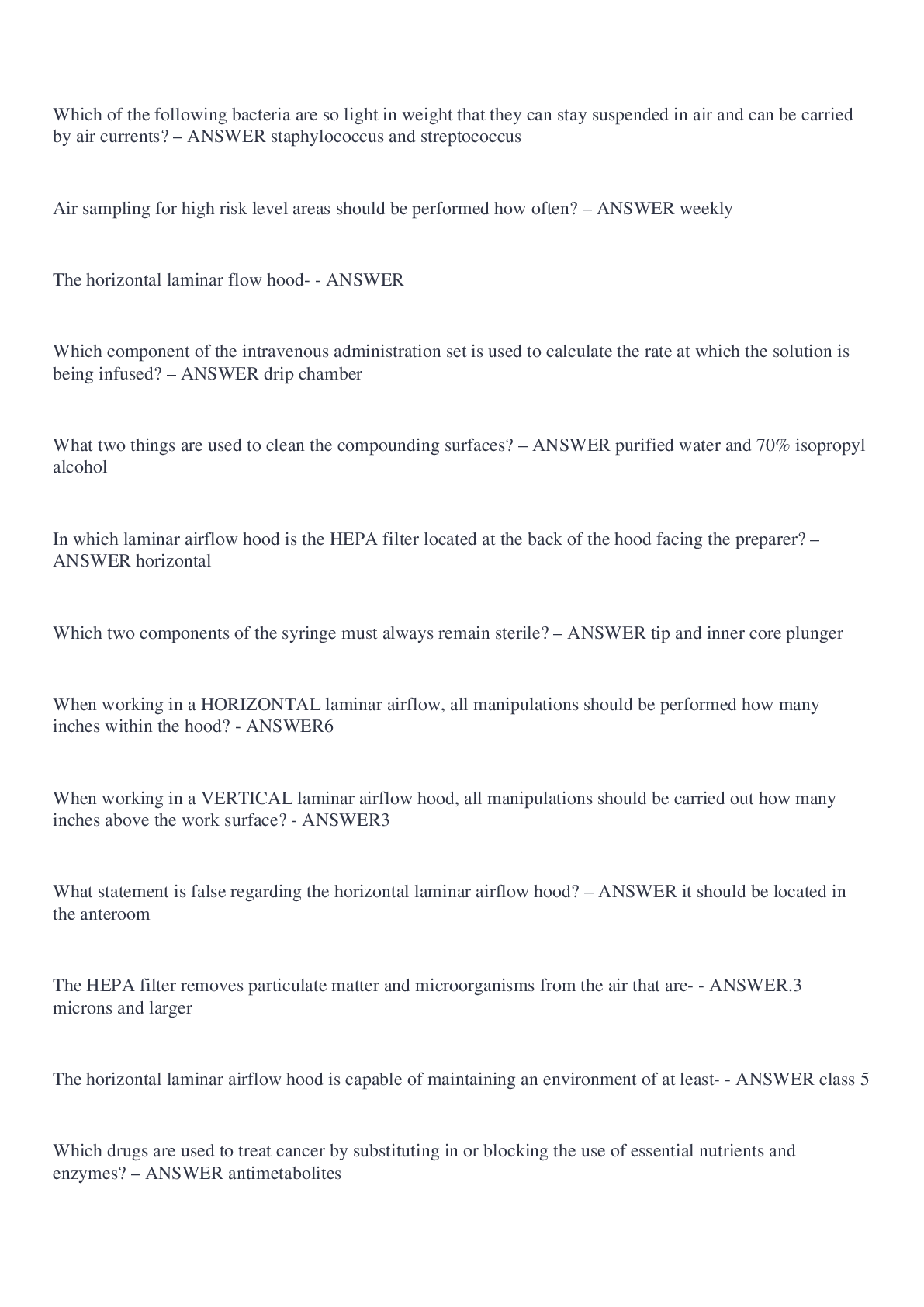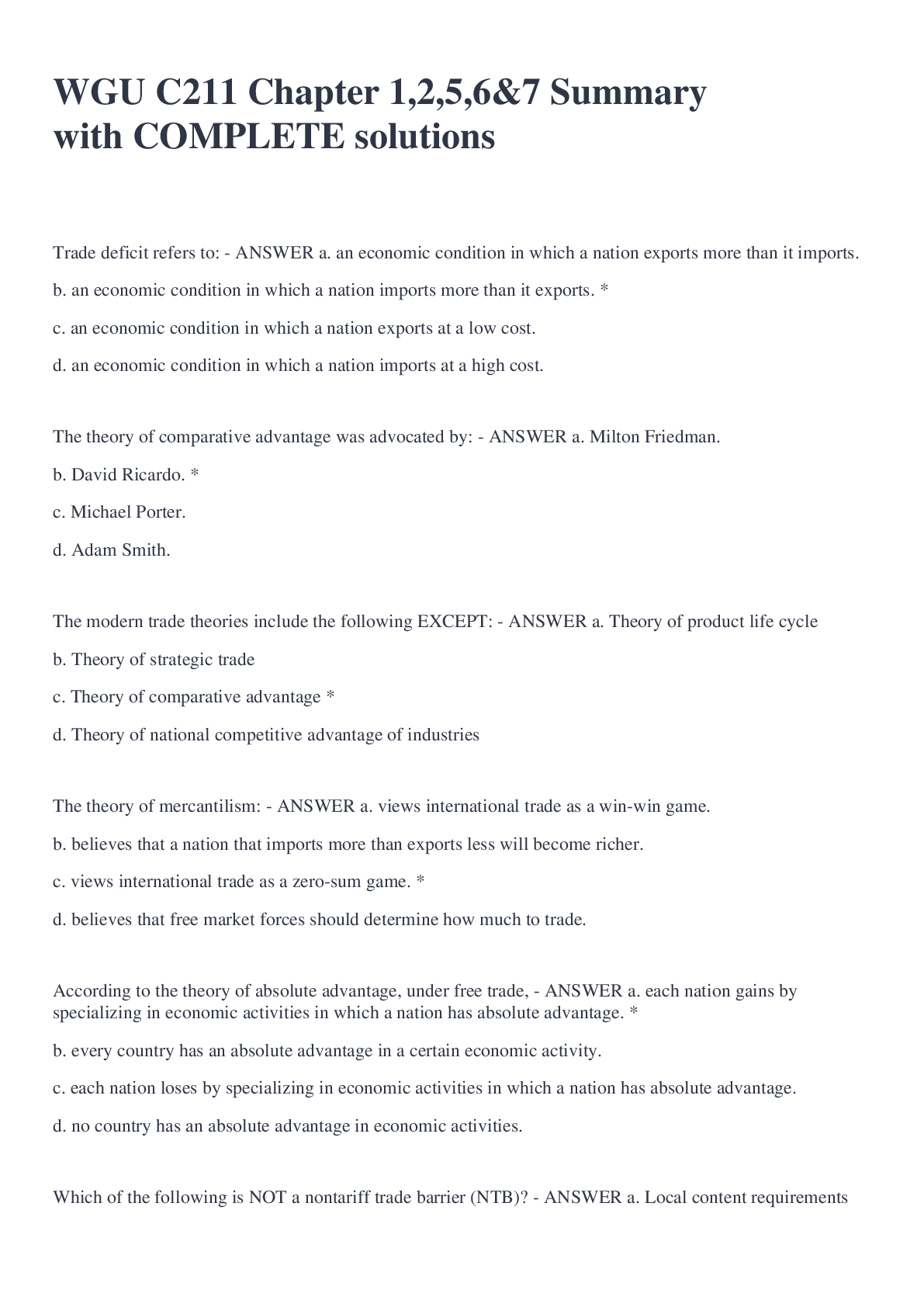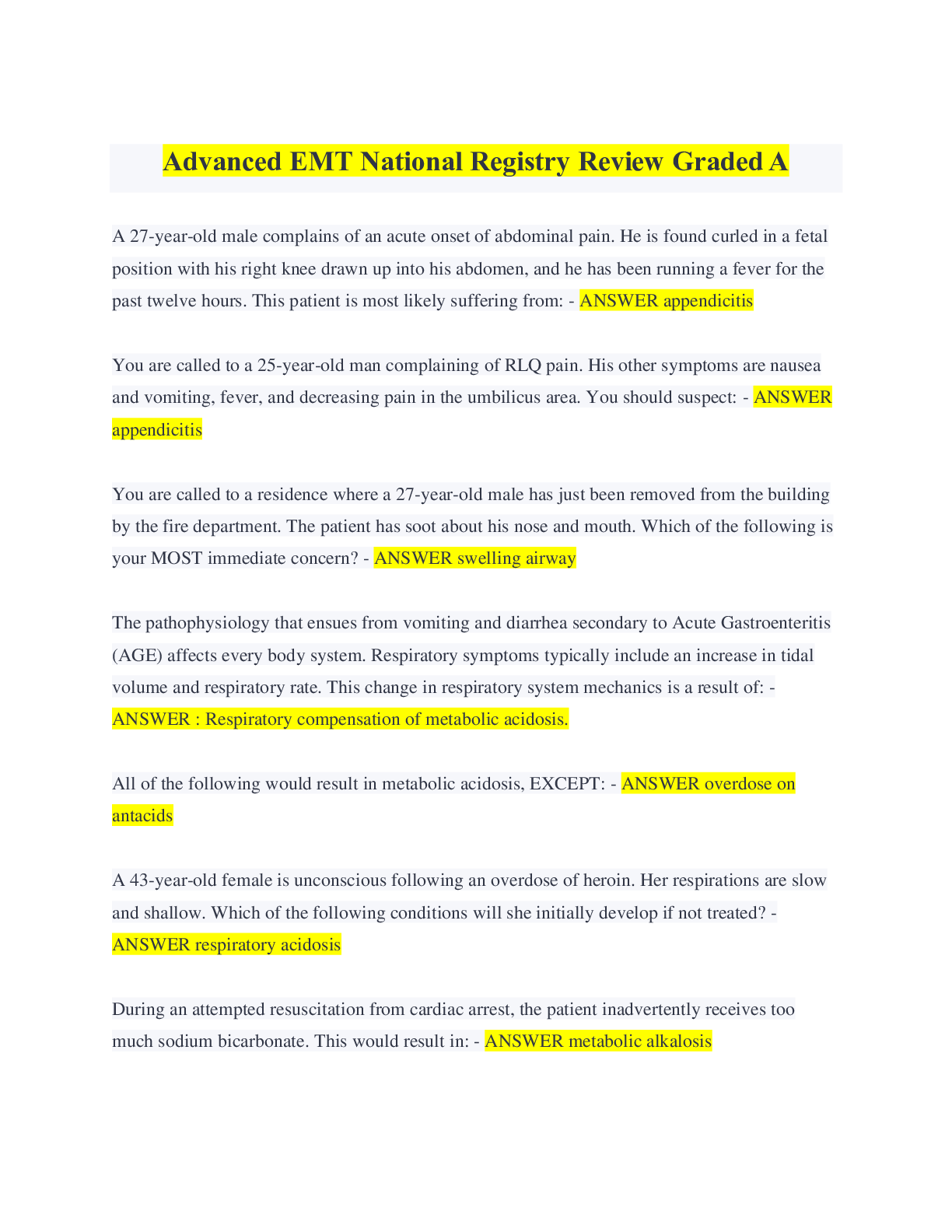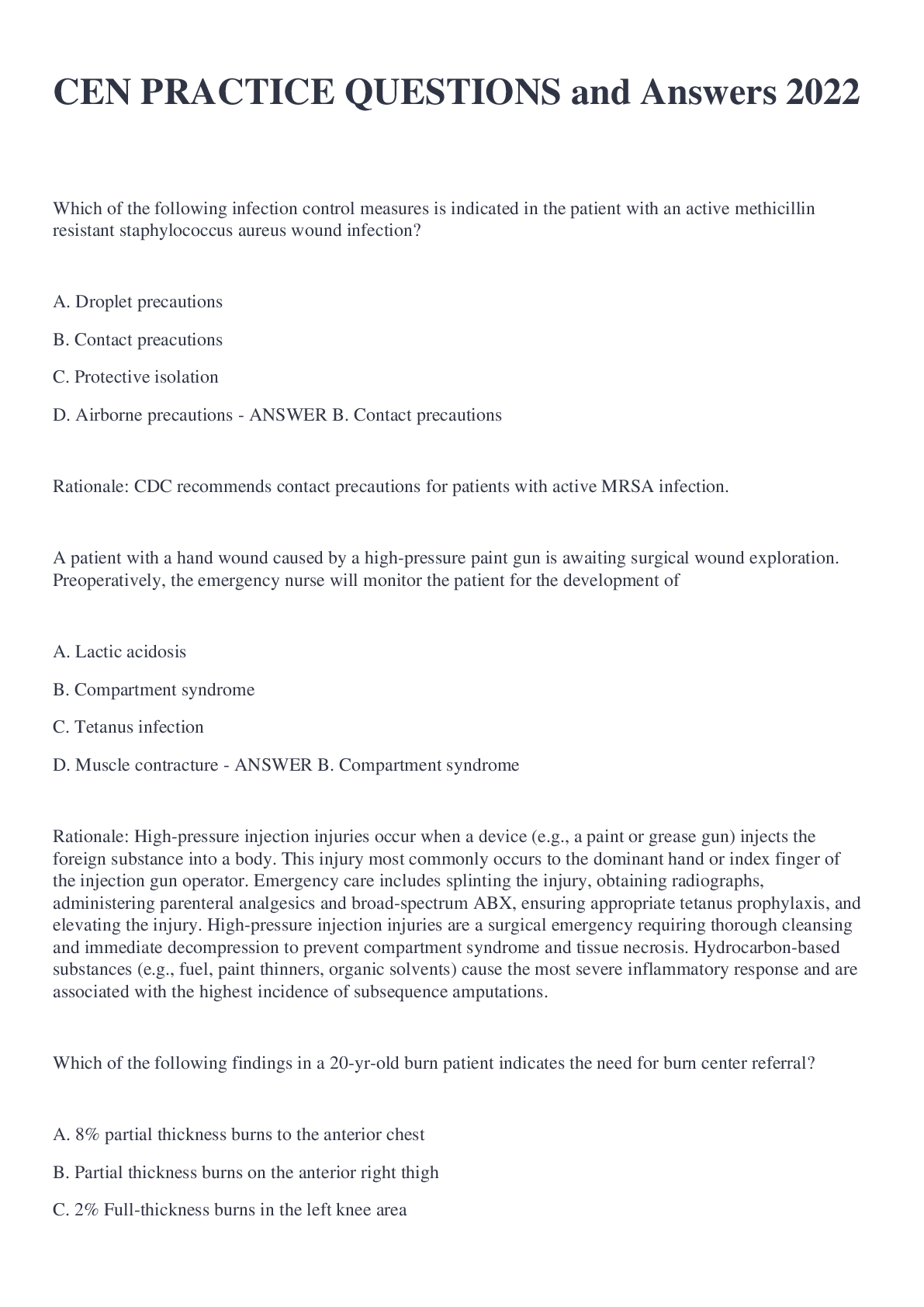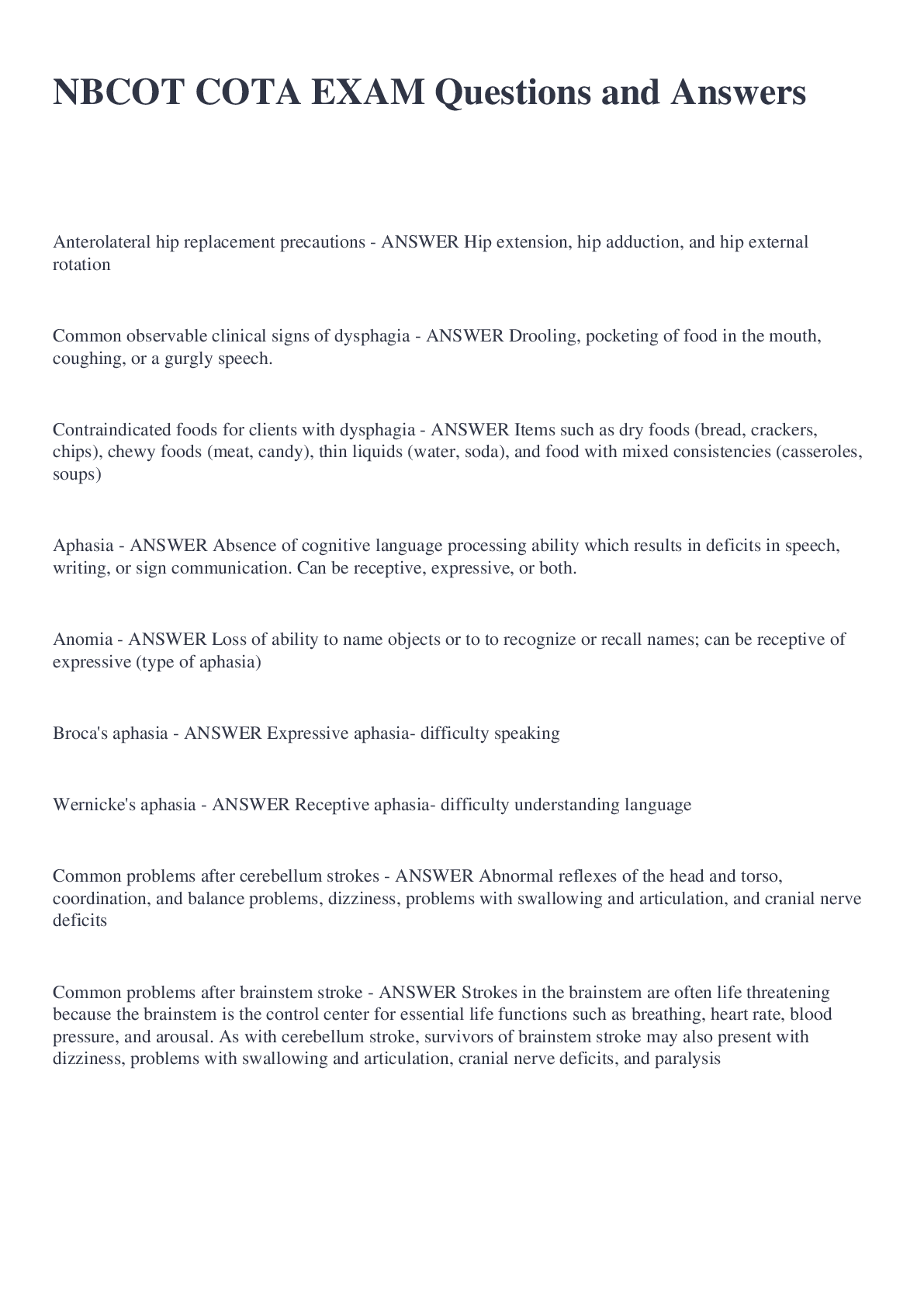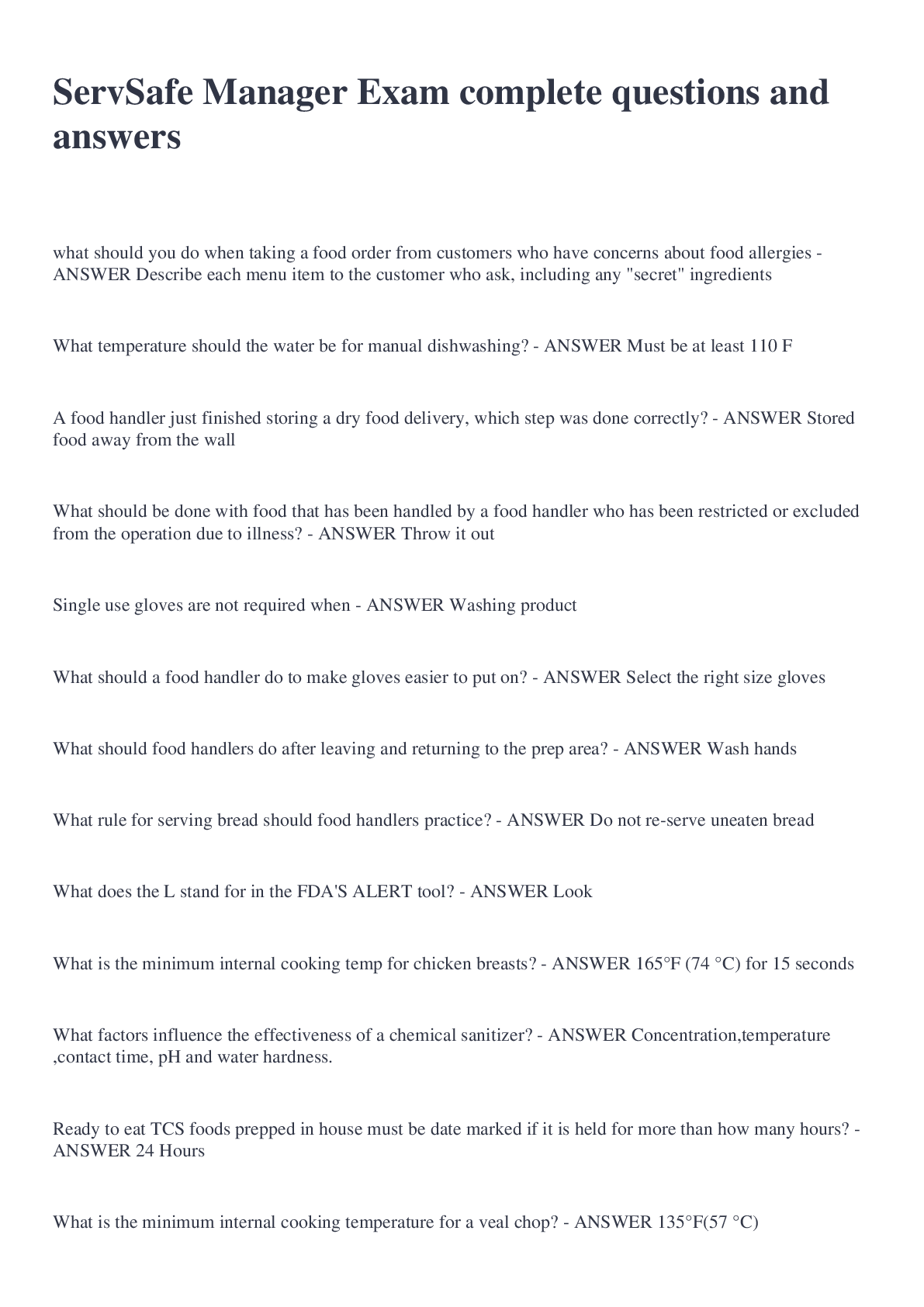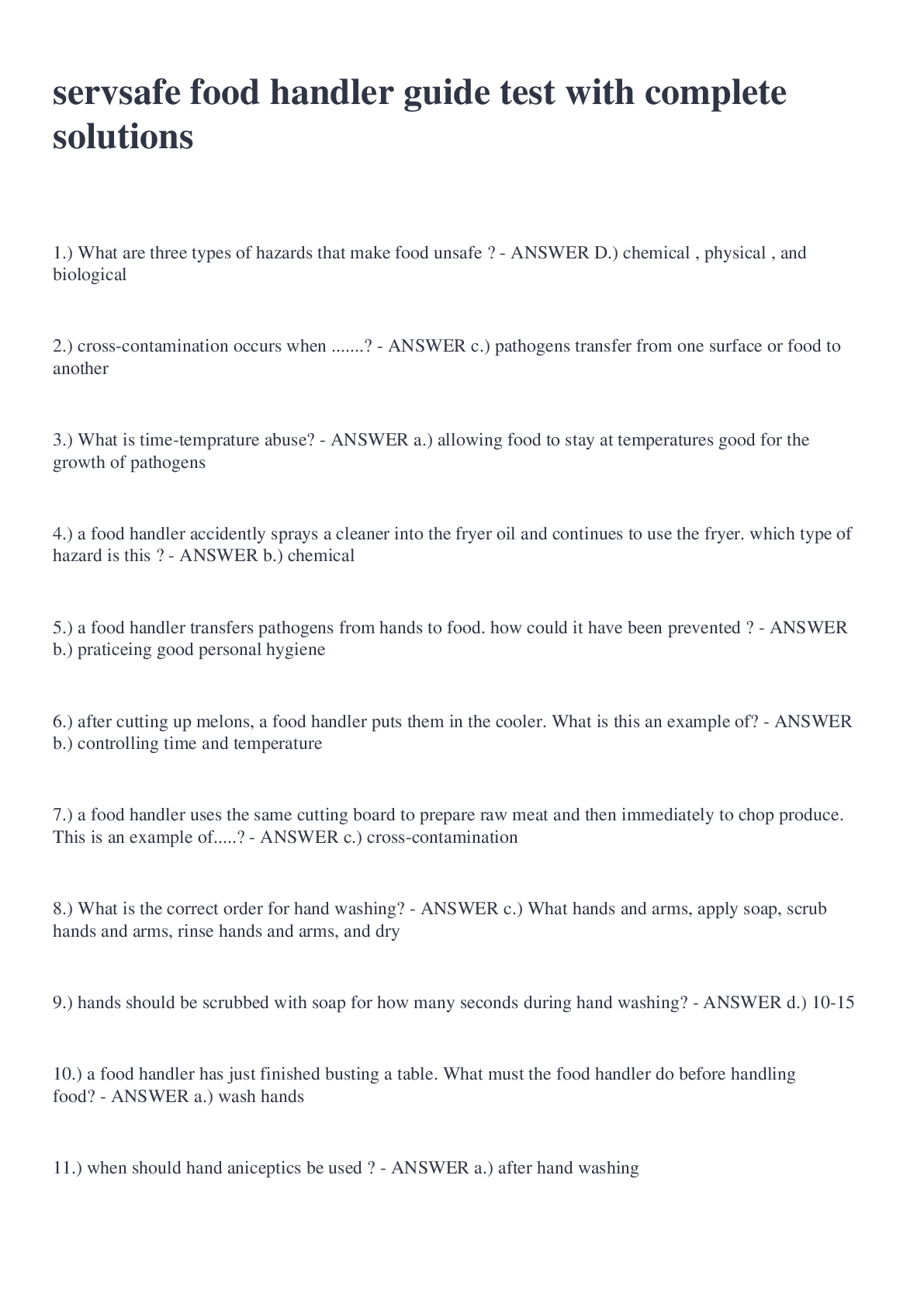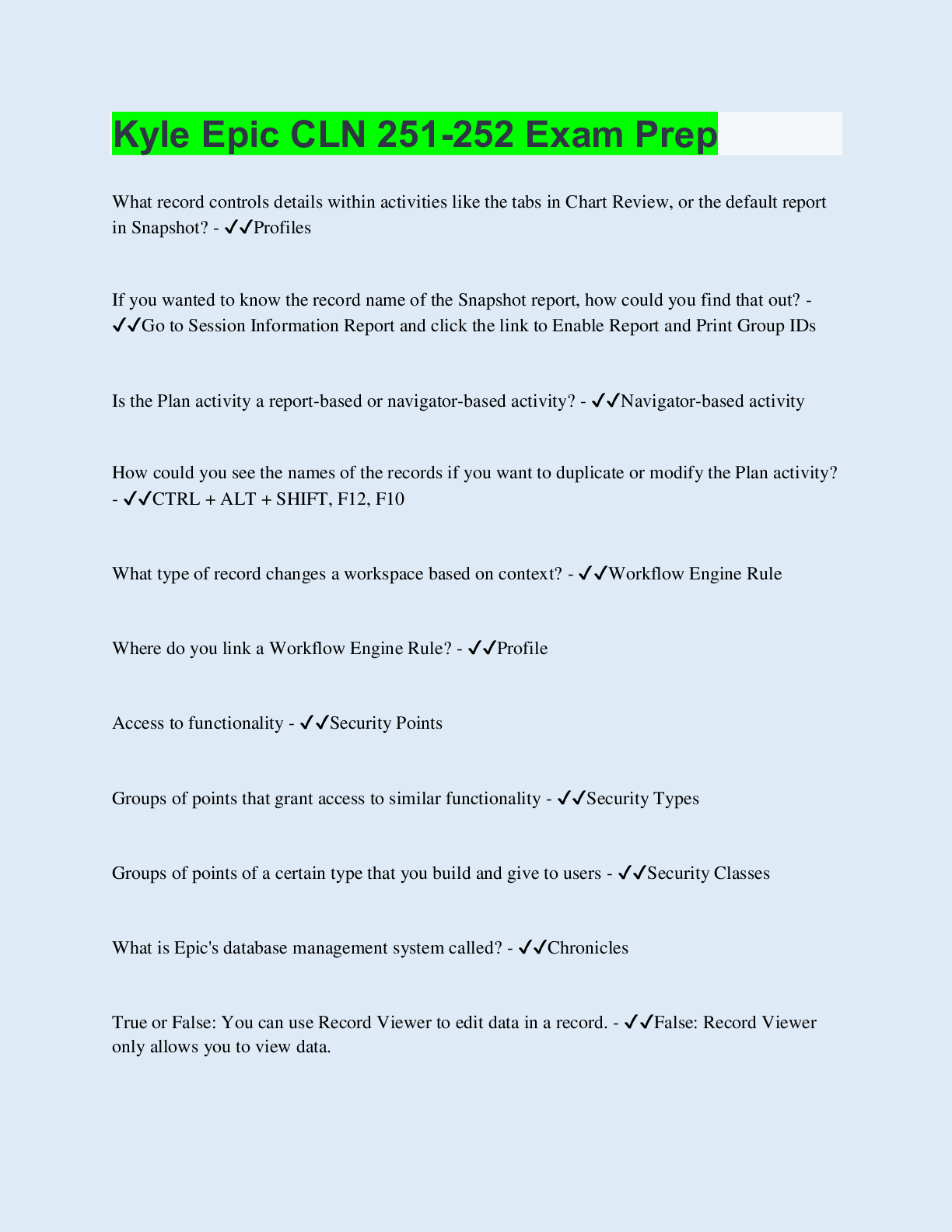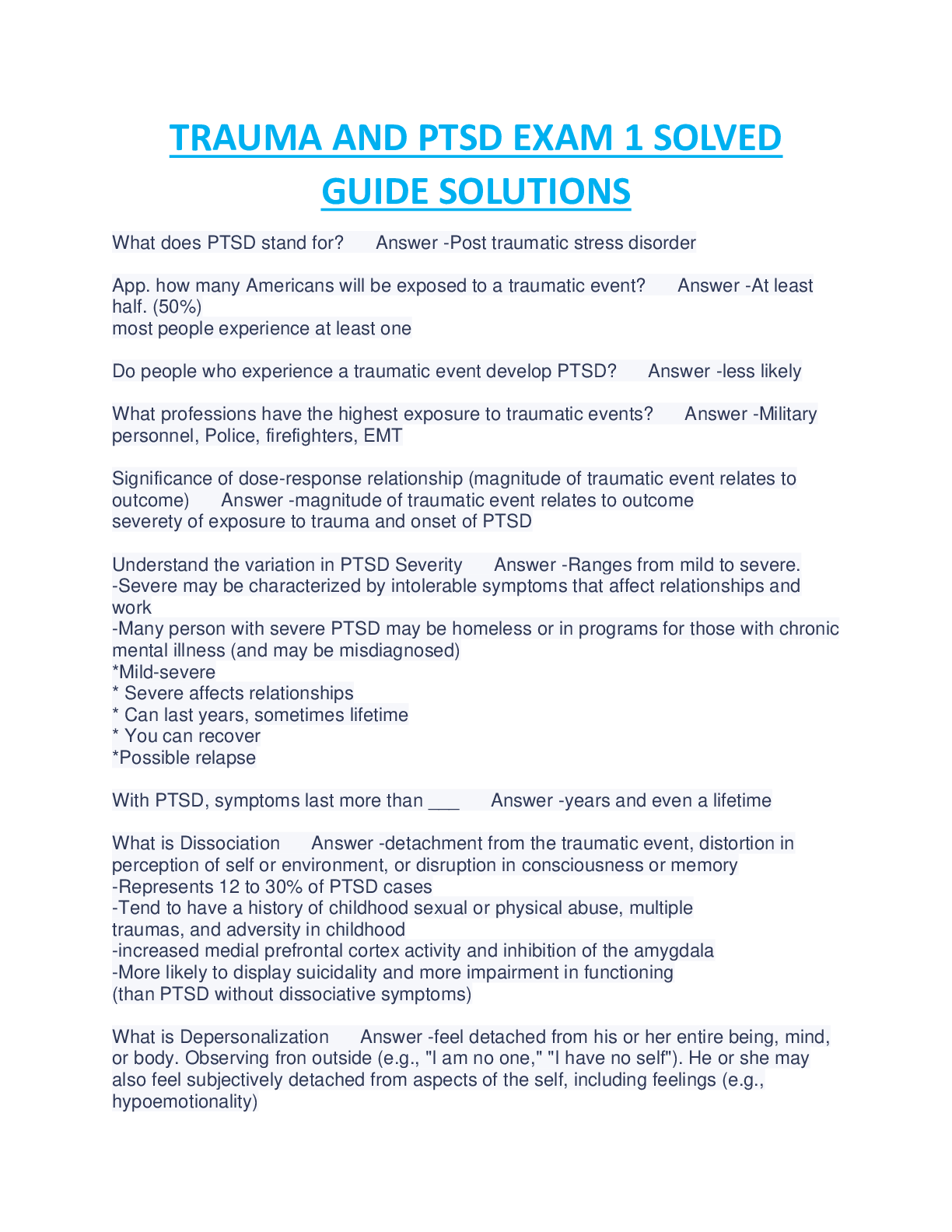Revenue Management Exam 1 Solved 100%
Document Content and Description Below
Room Night - ANSWER The single night's use of a guest room EX: 1 room sold for 3 consecutive nights yields three room nights reference price - ANSWER the price perceived by consumers to be the no... rmal price for a product of service Hard constraint - ANSWER a supply constraint that cannot be removed regardless of product demand EX: natural gas pipelines, number of hotel rooms soft constraint - ANSWER a supply constraint that can, with sufficient lead time, and/ or a reasonable expense, be removed or lessened EX: food, hotel decorations price fence - ANSWER the specific requirements that describes who is and is not eligible for a special pricing offer consumer surplus - ANSWER the difference between the amount a buyer would be willing to pay for a product or service and the amount they are charged fixed pricing - ANSWER the practice of a seller charging the same price to all buyers differential pricing - ANSWER the practice of a seller charging different prices to different buyers for the same product or slightly different versions of the same product Different pricing strategies - ANSWER -time -quantity -location -payment terms -customer characteristics -bundling inventory management - ANSWER the process of allocating and modifying the number of products available for sale at various prices and through various distribution channels revenue - ANSWER total amount of sales acieved in a specified time period = number of units sold x unit price supply - ANSWER the higher the demand for product, the more of it will be produced by sellers demand - ANSWER the higher the price of a product, the less of it will be wanted by buyers ADR= - ANSWER total room revenue/total rooms sold Occupancy= - ANSWER total rooms sold/total rooms available for sale REVPAR= - ANSWER total revenue/total rooms available for sale OR occupancy x ADR REVPASH - ANSWER total period revenue/(number of available seats x hours of seat availability) GOPPAR= - ANSWER (total revenue - M.C.E.)/ total available rooms Percent changes= - ANSWER (this year - last year)/Last year x 100 indexes= - ANSWER performance of subject (your) hotel/performance of competitive set hotels x 100 How markets are created - ANSWER markets are created based upon the number of hotels in an area and the participation (100+ hotels) How submarkets are created - ANSWER submarkets is a geographic subset of a market (30+ participating hotels) Important characteristics of a market - ANSWER -no market will ever cross country boundaries -markets are commonly thought of as cities, although they are used to represent more rural areas outside of major cities What is bench marking - ANSWER 1. Provides a point of reference to analyze your performance 2. Takes place at property level for individual hotel 3. Corporate level for hotel company 4. Geographic level for tourism organizations Competitive sets - ANSWER a group of hotels used primarily for comparison against a subject property, sharing similar qualitative and quantitative features, aiding sales and marketing and often used in management contracts How are Comp sets created - ANSWER comp set decision is a joint effort of multiple stakeholders What do you consider when creating a comp set - ANSWER the four p's: Participation Proximity Pricing Product What are important rules to remember when creating a comp set? - ANSWER 1. Average number of hotels in a comp set is between 5 and 6 2. Comp set can be created when hotel is under construction 3. Must include 3+ hotels 4. No single property can account for more than 40% OF THE TOTAL ROOMS IN COMP SET 5. When percentages are calculated, the rooms of the subject hotel, as well as the same chain and parent company are excluded An accurate measurement of demand for hospitality products requires the consideration of what 3 factors? - ANSWER 1. Desire to purchase 2. Ability to pay 3. Willingness to pay What are the 4 I's and examples of each - ANSWER 1. Intangibility - has no physical attributes and as a result impossible for a customer to test, feel, or smell before buying EX: University degree, hotel rating 2. Inconsistency- the service provider cannot provide exactly the same service every time EX: every employee is not the same 3. Inseparability - service cannot be separated from the creator/seller of the product EX: dental care, 4. Inventory - services cannot be easily saved for future use EX: empty seat on an airplane Pricing can be based on customer characteristics, distribution channels, product versioning, quantity, location, time, and payment terms - ANSWER 1. Customer Characteristics - senior citizens, students, frequent customers 2. Distribution Channels [Show More]
Last updated: 2 years ago
Preview 1 out of 9 pages

Buy this document to get the full access instantly
Instant Download Access after purchase
Buy NowInstant download
We Accept:

Reviews( 0 )
$8.00
Can't find what you want? Try our AI powered Search
Document information
Connected school, study & course
About the document
Uploaded On
Nov 15, 2022
Number of pages
9
Written in
Additional information
This document has been written for:
Uploaded
Nov 15, 2022
Downloads
0
Views
63

